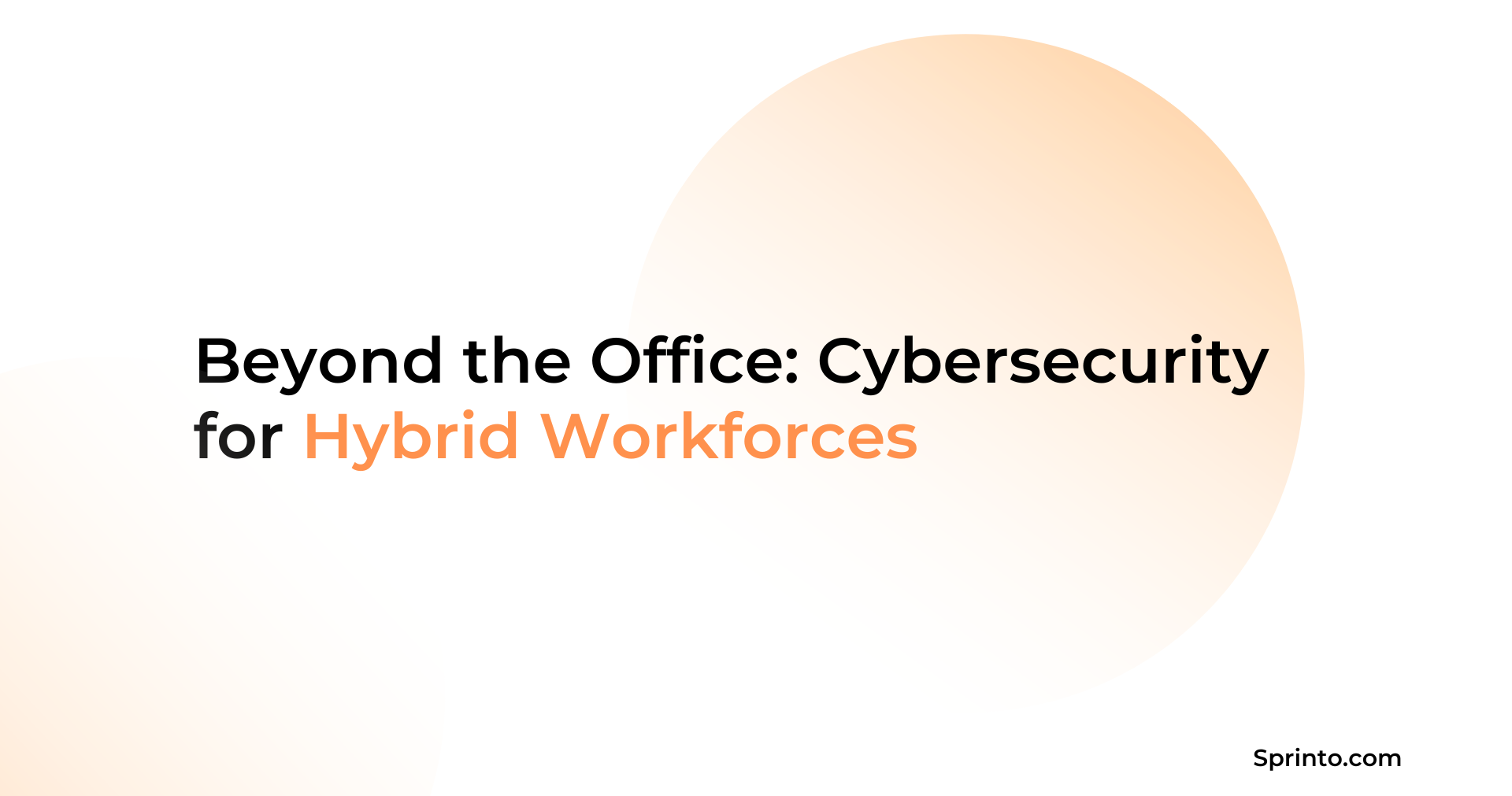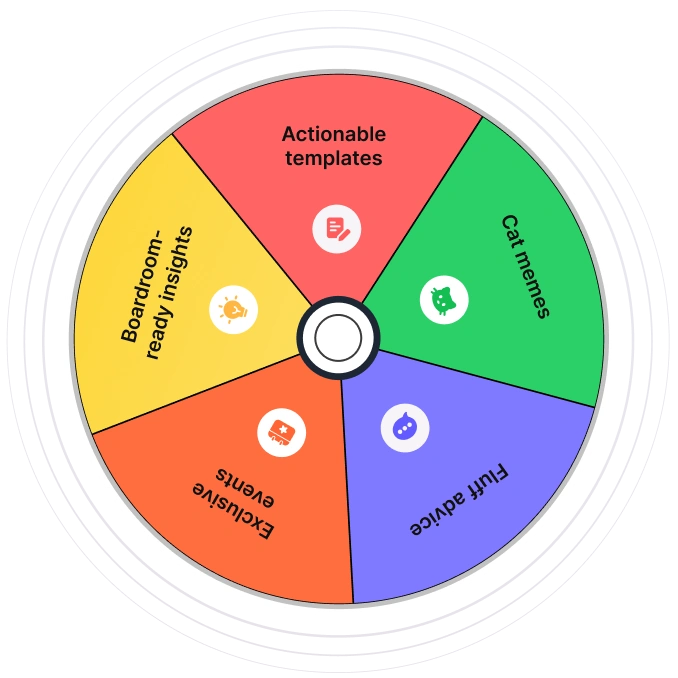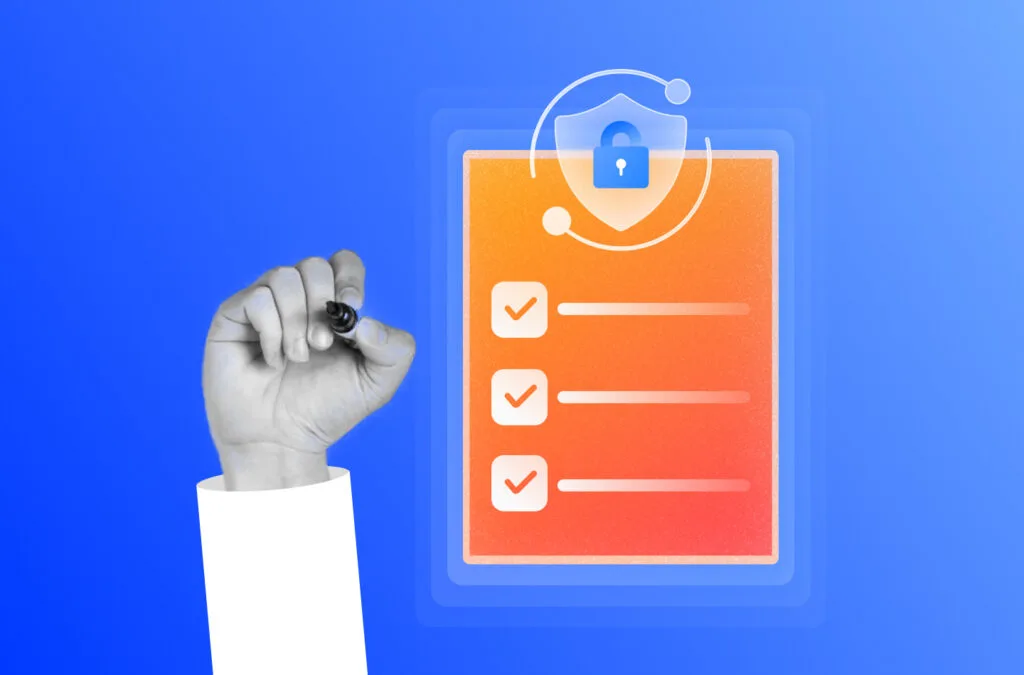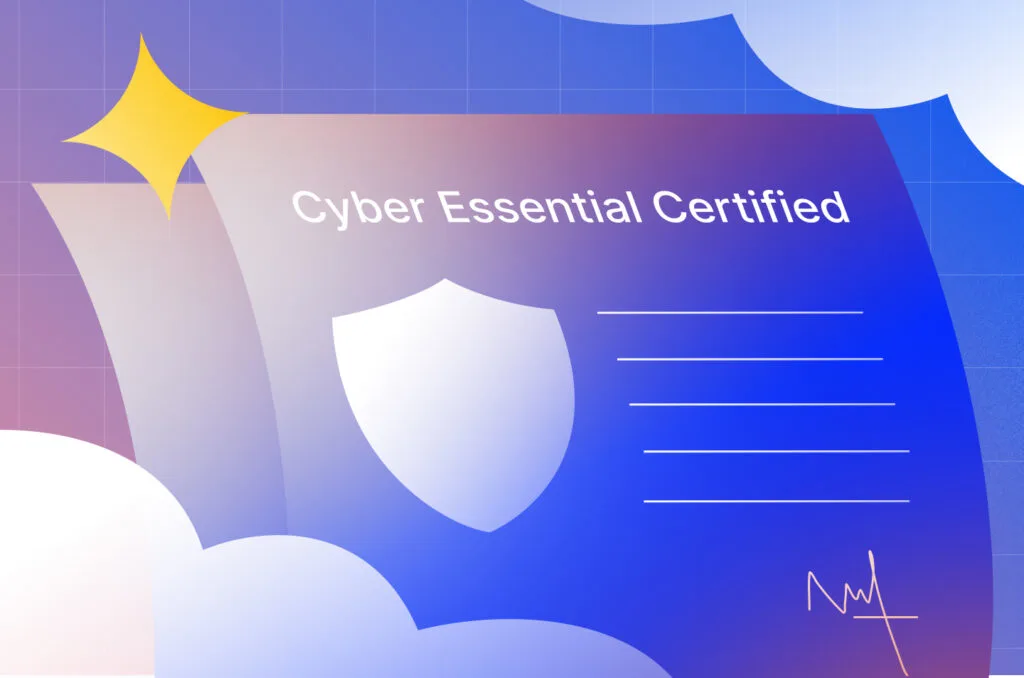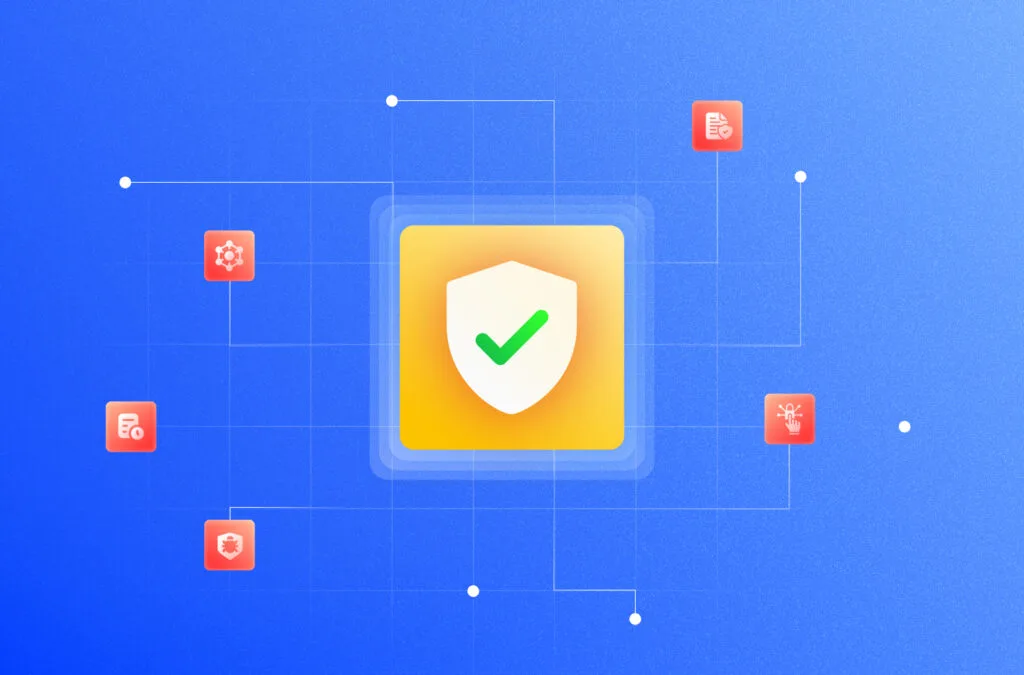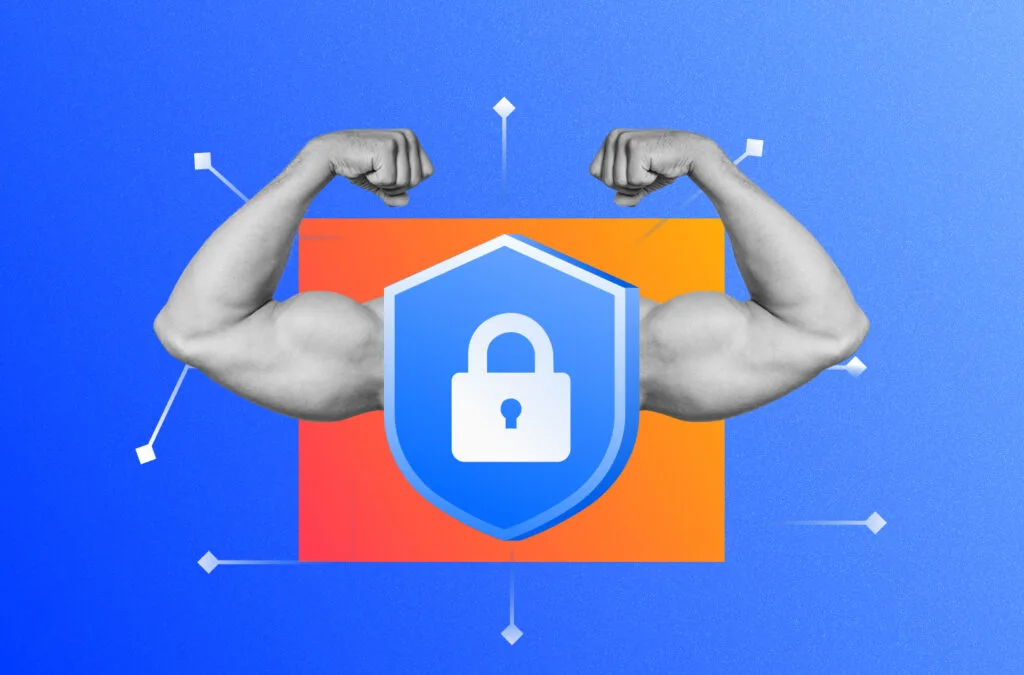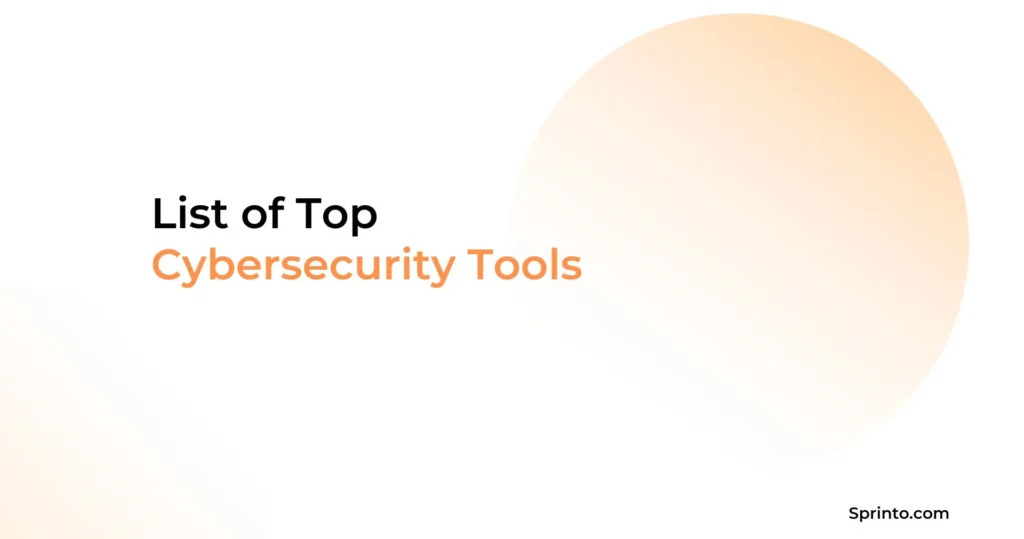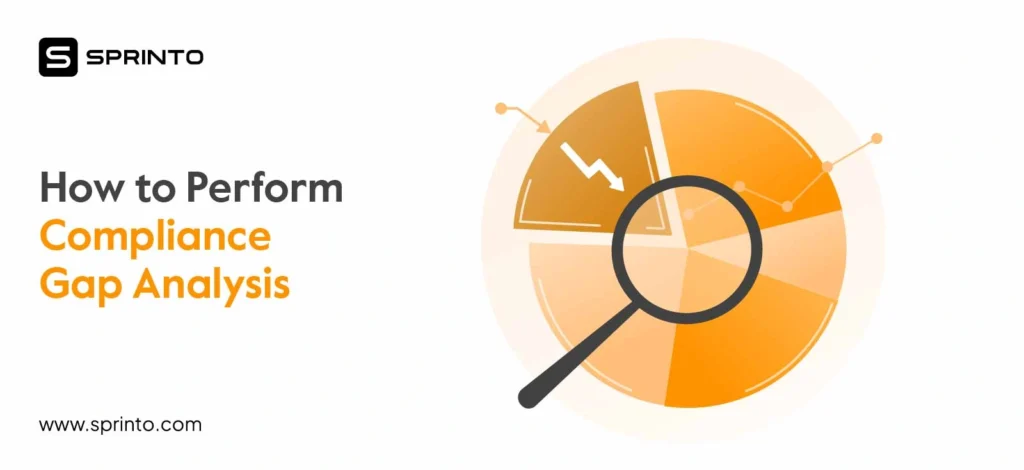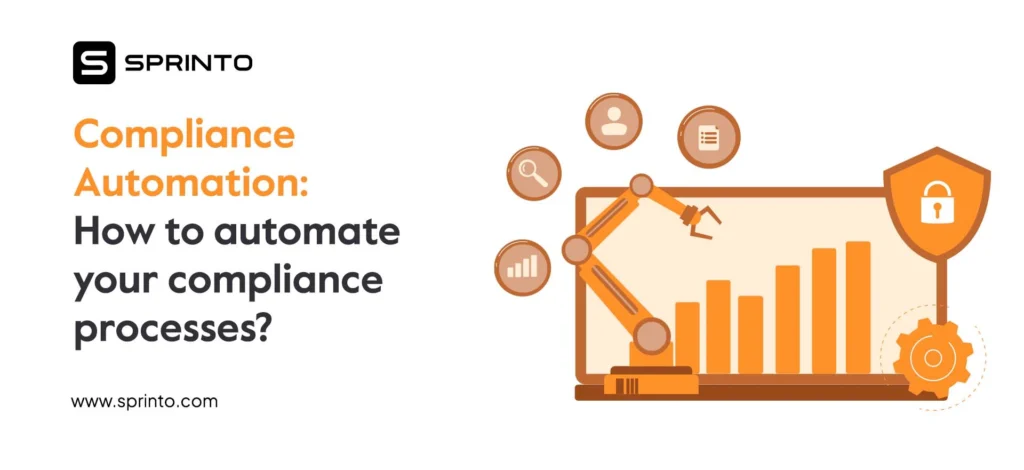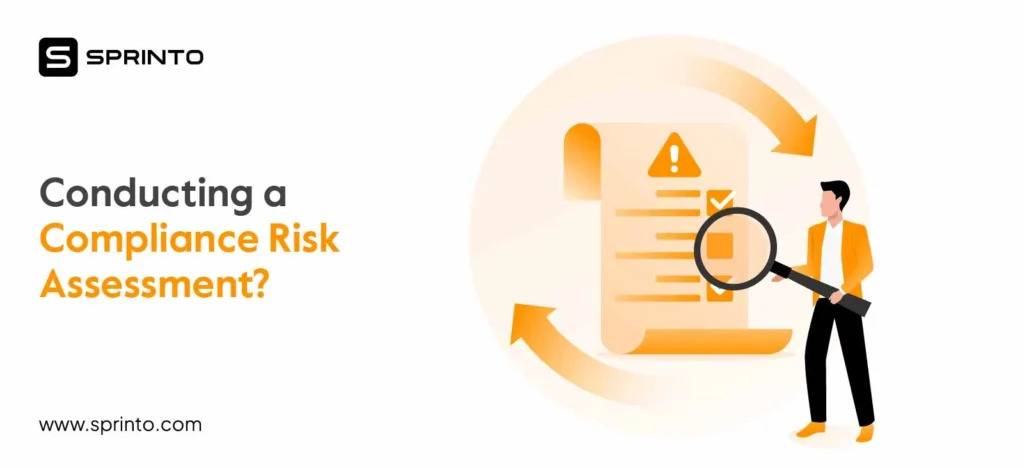Six in ten US employees prefer a hybrid work setup, and it’s here to stay. While it has offered efficiency and productivity gains, it has also altered the corporate attack surface. It’s easy for an employee to sit in a coffee shop or a coworking space and casually share a confidential file over WhatsApp instead of a secured company portal. Everything feels so fast and convenient—but it’s also risky.
49% of CISOs consider hybrid and remote workers the top source of security risk, and working from home has increased attack frequency by 238%! While companies do not want to add any operational friction to the current working style, they also need to find a way to ensure robust cybersecurity for hybrid workforces.
This blog explores the key cybersecurity challenges with the hybrid setup and the critical strategies to help you stay ahead of the curve.
| Hybrid work increases exposure to unsecured networks, BYOD threats, phishing, social engineering, shadow IT, weak credentials, unpatched systems, and data leaks |
| Phishing, credential theft, social engineering, and malware attacks target remote employees, making security awareness crucial |
| Zero-trust architecture, strong identity governance, endpoint protection, and compliance-focused monitoring are key to securing hybrid workforces |
What is a hybrid workforce? Why does a hybrid workforce need strong cybersecurity?
A hybrid workforce is a working model in which employees divide their time between working in office environments and working at home. It offers a flexible approach and gives employees the best of both worlds: personal space and home comfort and the opportunity to experience corporate culture.
It’s become quite popular after the pandemic due to shifting employee expectations. Most of them became used to working from home while remaining productive, creating opportunities for this model to thrive.
However, the hybrid model requires strong cybersecurity measures as it increases the attack surface area with new entry points.
- With Bring-Your-Own-Device policies, employees are bringing personal and unmanaged devices for work which lack robust controls
- The hybrid culture relies on collaboration and productivity tools, which bring risks of unauthorized access and data leakage
- The chances of simply ignoring a threat increase when people work remotely
Key cybersecurity risks in hybrid work environments
Hybrid work environments face increased risks due to remote access, unsecured networks, and collaboration from personal devices or unauthorized channels.
Here’s a list of key risks hybrid models introduce:
Unsecured networks
Remote employees use personal WiFi and even public networks when they work from cafes, coworking spaces, or other public areas. These networks may lack strong security measures and can expose corporate data.
Weak passwords
Employees tend to keep simple and guessable passwords and even reuse these across accounts as they are in a less strict environment at home. This makes them susceptible to brute-force attacks, where attackers guess password combinations to steal data.
Insufficient access controls
If role-based access controls and multi-factor authentication are lacking and employees are ignorant of them, attackers may gain access to corporate systems.
Privacy and compliance risks
If the organization is subject to regulations such as GDPR or HIPAA and sensitive information is handled across multiple locations, it creates data privacy and protection risks and can even cause breaches.
Limited threat visibility and monitoring
When employees use unmanaged devices or devices that haven’t been sanctioned by the organization, the visibility of threats can be compromised, which can even lead to havoc-causing incidents.
Take control of your security with Sprinto
Common attack vectors targeting remote employees
46% of businesses face a cybersecurity incident within 2 months of allowing for remote work.
As employees enjoy the flexibility the hybrid model offers, they become prime targets of attackers without even realizing it.
Here are some common attack vectors targeting remote employees:
Phishing
Under phishing attacks, attackers use fake emails, text messages, or websites to pose as a legitimate organization or person and trick them into revealing sensitive information.
Credential theft
Credential theft is the use of stolen credentials to gain unauthorized access to systems that can also lead to a data breach.
Social engineering
Social engineering attacks also use psychological manipulation to deceive individuals into sharing confidential information.
Man-in-the-middle
Man-in-the-middle attacks occur when attackers position themselves in a conversation between two parties, such as a user and an application or a website, for identity theft, financial fraud, unauthorized purchase, and other malicious activities.
Ransomware and malware
Malware includes antivirus, trojan, and other malicious software that infiltrates systems to cause harm. Ransomware is also a malware attack in which the user is denied access to files and systems until a payment is made.
Essential cybersecurity strategies for hybrid workforces
If work can be done from anywhere and everywhere, cybersecurity must also be practiced everywhere. Companies need to find a way to balance security and productivity to make the most of the hybrid model.
Here are nine essential strategies for hybrid workforces that can help you navigate the challenges:
1. Have a proper Identity Governance Framework
Adopting an identity governance framework helps you manage user identities in a manner that ensures compliance, minimizes risks, and continuously audits access permissions. It encompasses proper segregation of duties, supports role-based access controls and access reviews, ensures adherence to regulations such as HIPAA or GDPR, and manages access provisioning and de-provisioning.
2. Adopt a Zero-trust architecture
A zero-trust security model thrives on a ‘never trust, always verify’ approach and requires continuous authentication for users and devices. It promotes multi-factor authentication to add a layer of security and enforces the principle of least privilege to ensure minimum necessary permissions are granted per job permissions.
3. Ensure endpoint protection
Endpoint security is crucial, especially in the hybrid model, which includes a mix of corporate and personal devices. Deploy Endpoint Detection and Response (EDR) tools and Mobile Device Management (MDM) solutions to continuously monitor threats and mitigate them. The devices must also be updated with the latest patches.
4. Enforce a trusted device policy
A trusted device policy ensures that employees only use sanctioned and secure devices to access any applications and sensitive data. This means the device meets endpoint security requirements, passes compliance checks, and has strong authentication and access controls.
5. Mandate strong network security
Encourage workers to use Virtual Private Networks (VPNs) and secure Wi-Fi access as a remote work security best practice. You can also implement Secure Access Service Edge (SASE), a cloud-based architecture that combines networking and security functions into a single platform to minimize the attack surface, centralize everything, and enhance workforce performance.
6. Adopt cloud security measures
Some security tools are necessary to fortify defenses and protect data if you’re using cloud solutions. For example, a Cloud Access Security Broker (CASB) can offer more visibility into cloud applications, while data encryption can help protect data in transit and at rest. Similarly, Cloud-Native Application Protection Platform (CNAPP) can help secure cloud applications across their lifecycle from development to deployment.
7. Implement robust monitoring and incident response
Use real-time monitoring tools to monitor suspicious login attempts, user activity, and other threats. Also, have a comprehensive and well-tested incident response plan to contain and remediate security events.
8. Encourage ‘Bring Your Own Key’ adoption
BYOK is a security model where organizations generate and use their own encryption keys instead of relying on cloud service provider keys. This is especially relevant for highly sensitive data to maintain data security and confidentiality while ensuring compliance.
9. Conduct security awareness training
Arrange security training that is especially focused on hybrid model risks and covers topics such as phishing, password hygiene, secure remote access, and emerging threats. Create secure channels for employees to report and communicate incidents and encourage a security-first culture.
Continuously ensure remote work security with Sprinto
Compliance challenges for hybrid workforces
If you are in a regulated industry, a hybrid workforce also introduces compliance challenges, including:
Data privacy challenges
For regulations such as GDPR and CCPA, it is crucial to ensure that personal data is handled securely from home and on-site environments. However, remote devices increase the risk of unauthorized access and improper data storage.
Moreover, regulations like GDPR require data to be stored within the EU or countries with adequate data protection measures, which can create challenges if the data is accessed from a non-compliant region.
Maintaining robust controls in decentralized environments
Standards like SOC 2 and ISO 27001 emphasize secure networks, access controls, endpoint security, and continuous monitoring. Hybrid environments create challenges in enforcing and maintaining robust controls consistently because of the BYOD policy, which allows devices to have varied settings.
Protecting healthcare information for laws like HIPAA
HIPAA requires secure handling of protected health information (PHI) and hybrid models bring unique risks and complexities. Remote employees may send sensitive information through unencrypted channels or use non-compliant file-sharing or collaboration tools, thereby increasing the chances of a data breach.
Balancing employee monitoring and employee privacy
This is an interesting challenge. While organizations must ensure that employees follow compliant practices, they must also meet privacy requirements when using monitoring tools. This creates additional effort in balancing productivity management with privacy rights. Various labor laws, including GDPR and CCPA, require transparency in monitoring practices and minimizing excessive surveillance.
Cross-border data transfers
Cross-border data transfers are complex in hybrid environments because of data localization requirements in certain cases. The data must be processed within their borders, increasing the risk of violation if employees reside in other areas. The privacy and security requirements also vary across countries, making it challenging to enforce consistent policies across the hybrid workforce
To solve these challenges, organizations must:
- Implement technical controls such as encryption, access controls, and MFA
- Use cloud services that operate in compliant regions, such as EU-based data centers for GDPR
- Adopt geo-based restrictions to prevent access from non-compliant region
- Use HIPAA-compliant collaboration tools in case of healthcare businesses
- Regularly monitor and audit data flows
Role of Employee Cybersecurity Awareness Training
Hybrid environments bring unique risks and vulnerabilities due to a mix of on-site and remote environments. Employees use their personal devices and unsecured networks, not realizing what it could cost the organization. Cybersecurity awareness training educates them about the risks remote setups carry and the ways to recognize common attacks such as phishing, credential stealing, and social engineering.
It reinforces the use of VPN MFA and the avoidance of public Wi-Fi and promotes secure working practices to create a culture of shared responsibility.
Regular training sessions, supported by real-world simulations and tabletop exercises, can reduce human error and empower employees to become the human shield. They become more vigilant in reporting threats and enhance accountability in maintaining a good security posture. Moreover, they raise awareness of compliance requirements and their role in ensuring compliance, especially when the organization deals with highly sensitive information.
How can Sprinto help secure hybrid work environments?
As traditional security perimeters blur and organizations embrace this new normal, they seek tools and technologies that simplify their operations. There is a constant need to balance employee productivity, protect corporate resources, and ensure compliance with regulations. As a remote company itself, Sprinto deeply understands this challenge. So, when securing hybrid or remote environments, look no further.
Sprinto helps hybrid organizations by automating security controls, enforcing access controls, and monitoring compliance. The platform:
- Implements role-based access controls and MFA and automates access reviews
- Enforces BYOD policy and other security policies such as encryption and patch management
- Simplifies security awareness with in-built training modules
- Continuously monitors misconfigurations and compliance misses and sends multi-channel alerts
- Features an in-built MDM DrSprinto to protect endpoints
- Provides real-time compliance tracking across 30+ frameworks
- Continuously collects evidence to accelerate audit preparation
Check the platform in action and kickstart your journey.
FAQs
What’s the role of the zero trust security model in hybrid workforce protection?
The zero-trust security model operates on never trusting any user or device by default, whether internal or external. It is especially crucial for protection in a hybrid workforce environment as it:
- Enforces MFA and strict access controls to allow only authorized users to access resources
- Ensures that the principle of least privilege is followed for minimum necessary permissions as per job functions
- Uses micro-segmentation to isolate sensitive data
- Continuously monitors device compliance checks, endpoint security, and user behavior
- Uses data and analytics to detect and respond to suspicious activities in real-time
What are the key concerns for cloud security in hybrid environments?
The key concerns for cloud security in hybrid environments include data security and privacy risks, cloud misconfigurations, compliance misses, insider threats, shadow IT, and unauthorized access.
What security measures should be adopted for BYOD devices?
BYOD brings unique security risks that require strict measures such as:
- Establishing a clear BYOD policy
- Maintaining an inventory of BYOD devices
- Implementing strong authentication and access controls
- Using EDR and MDM solutions to secure endpoints
- Mandating encryption for data at rest and in transit
- Enforcing data loss prevention tools
- Developing an exit strategy that enables IT teams to delete corporate data from BYOD devices
Payal Wadhwa
Payal is your friendly neighborhood compliance whiz who is also ISC2 certified! She turns perplexing compliance lingo into actionable advice about keeping your digital business safe and savvy. When she isn’t saving virtual worlds, she’s penning down poetic musings or lighting up local open mics. Cyber savvy by day, poet by night!
Explore more
research & insights curated to help you earn a seat at the table.



